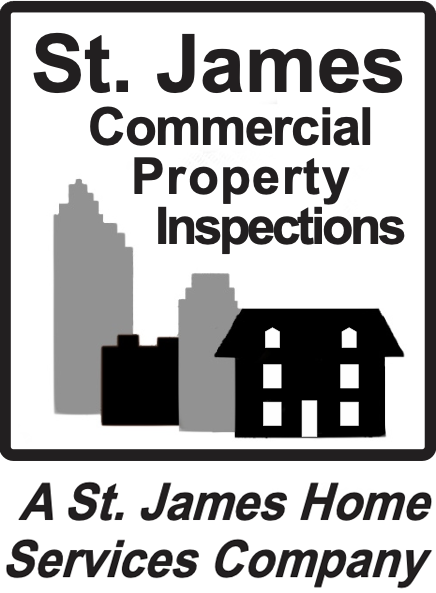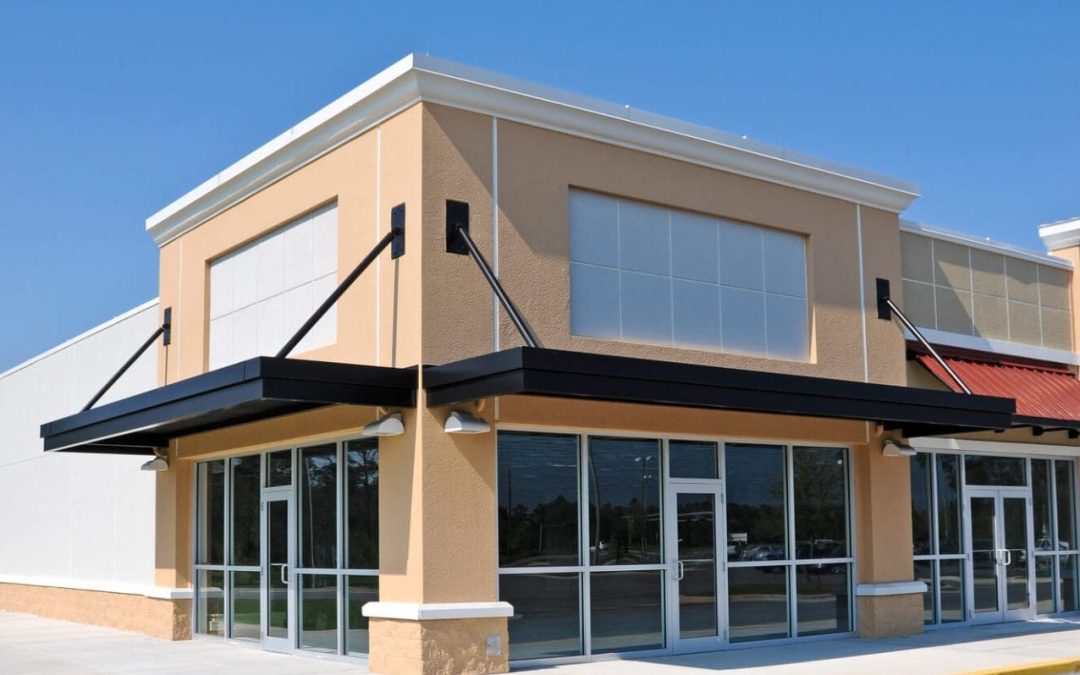There’s a general assumption that new construction means everything is in perfect shape. Unfortunately, that’s not always the case. Just because a building is new doesn’t mean it’s free of defects. In fact, it’s often the opposite. With tight construction deadlines, subcontractor coordination issues, and budget constraints, new commercial builds can hide a range of problems that show up just after the ribbon is cut. Let’s walk through some of the most common new construction defects found in commercial properties, what causes them, and why it’s so important to catch them early.
Structural Issues
One of the most serious types of defects in new construction is structural problems. This can include anything from foundation settling to poorly framed walls or roof systems. When the foundation isn’t poured or cured properly, it can lead to uneven floors, cracks in walls, or even major shifting over time. Improper framing can create stress on walls and ceilings, which can affect how doors and windows open and close. These aren’t just cosmetic issues—they can become safety concerns down the road.
Many of these problems stem from rushing the job or using unskilled labor. Sometimes the issue lies with the design itself, especially if architects and engineers aren’t fully aligned with the builders.
Water Intrusion and Drainage Problems
Water is a building’s worst enemy. In commercial properties, water intrusion usually shows up around windows, doors, roofing systems, and even underneath slab foundations. If flashing isn’t installed correctly or sealants break down prematurely, moisture can get inside the walls. Over time, that leads to mold, mildew, and rotted materials, not to mention repair bills.
Drainage is another key piece. If the site isn’t graded properly or the drainage systems aren’t designed to handle runoff, water can pool around the building and seep into basements or crawl spaces. Once water gets in, it doesn’t take long for damage to escalate.
HVAC System Failures
Heating, ventilation, and air conditioning systems are essential to the comfort and efficiency of any commercial space. But it’s common to find issues in new buildings like uneven airflow, poor temperature regulation, and inefficient systems. Sometimes these problems are the result of poor ductwork design or installation. Other times, the wrong unit was installed for the size and use of the building.
It might not be noticeable during a walkthrough, but once tenants move in and start using the space, the system can struggle to keep up. And that’s when the complaints start rolling in.
Electrical New Construction Defects
Electrical problems in new builds are surprisingly common. These include overloaded circuits, improperly wired outlets, poor grounding, and even missing or malfunctioning GFCI protection in areas like kitchens or bathrooms. In commercial properties where power demand is high, these kinds of issues can cause major disruptions and pose real safety hazards.
A lot of electrical issues happen because the work wasn’t double-checked, or because last-minute changes weren’t properly coordinated with the electrician. These problems might not show up until systems are under full load, but they can be dangerous when they do.
Incomplete or Rushed Finishes
This is one of the more visible—and frustrating—defects. Paint that peels, flooring that lifts, or drywall that’s poorly finished can all be signs of a rushed or under-supervised job. While these may seem like cosmetic problems, they can also be a sign that other parts of the project were handled with the same lack of care.
Commercial tenants notice these things quickly. Poor finishes can affect how a space looks and feels, impacting businesses operating inside the building.
FAQs on New Construction Defects in Commercial Buildings
When should a new commercial property be inspected?
Ideally, you should get a third-party inspection before you take final delivery of the building. This gives you leverage to have the builder correct any problems. If you’ve already taken possession, an inspection is still valuable to catch early issues before warranties expire.
What’s the biggest risk if I ignore small defects?
Small defects tend to get worse over time. A little water intrusion today could be a major mold problem tomorrow. A sticky door could be a sign of framing issues. Catching problems early helps avoid major repair costs and tenant complaints.
Can defects affect property value?
Absolutely. If your building starts to show signs of wear, water damage, or mechanical failure, it can scare off potential tenants or buyers. Keeping the property in top shape protects your investment.
Who’s responsible for fixing new construction defects?
Typically, the builder or general contractor is responsible under warranty. But not all defects are covered, and there may be time limits. That’s why it’s critical to document everything and get inspections done early.
St. James Commercial Property Inspections offers inspection services in North Carolina and Southern Virginia. Contact us to request an appointment.

